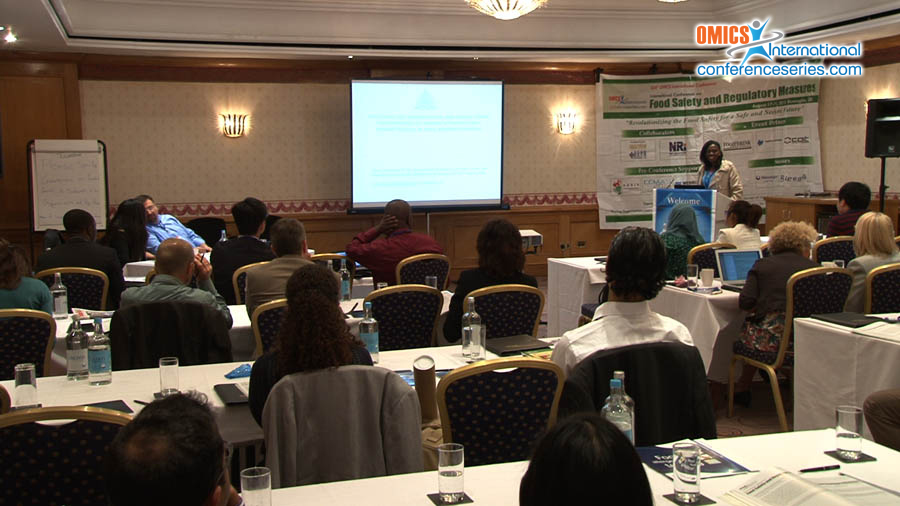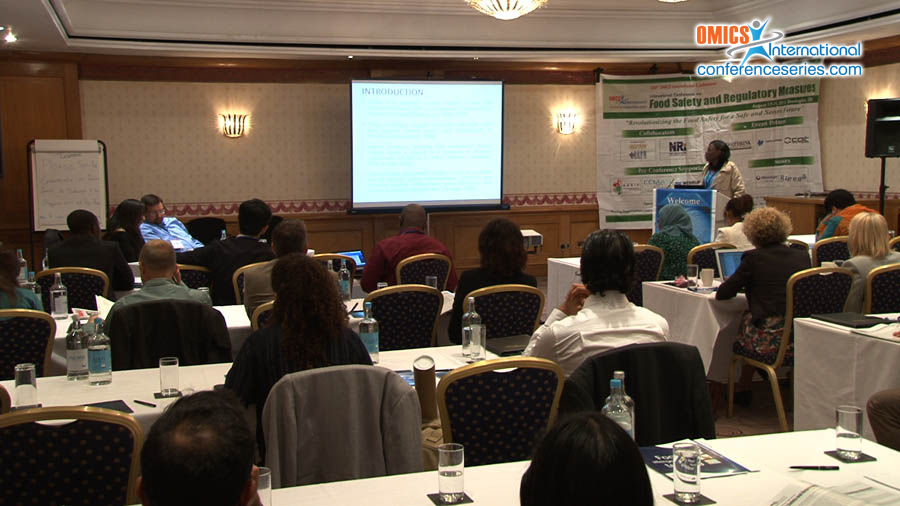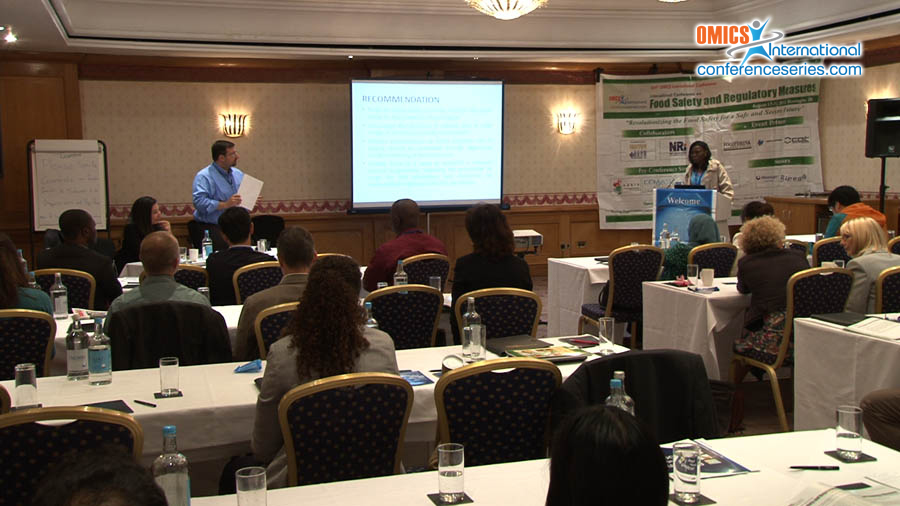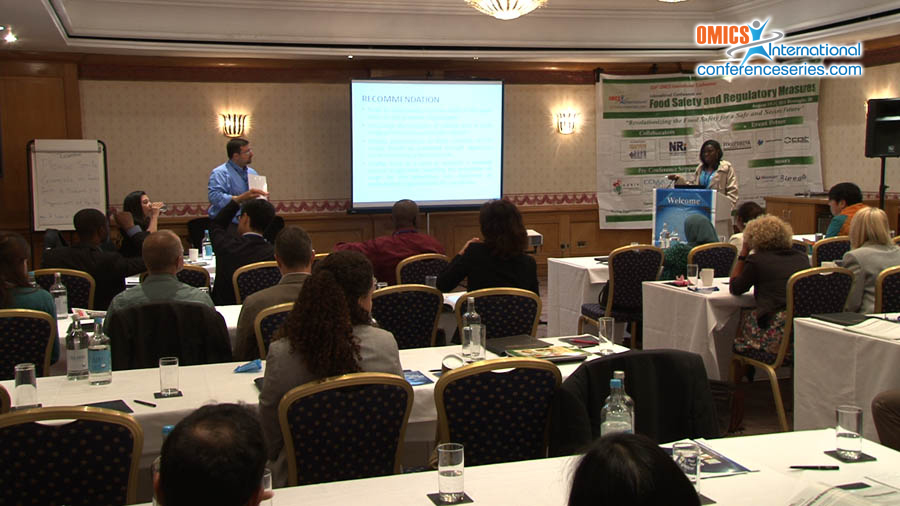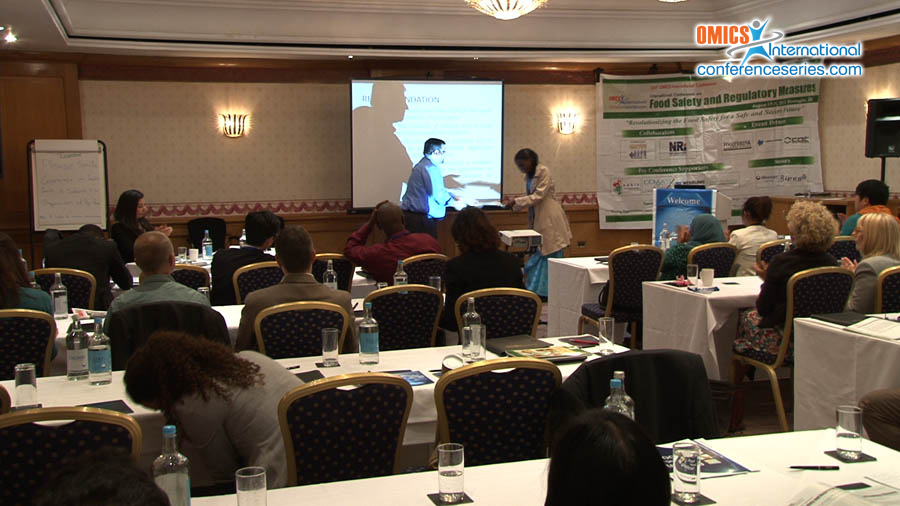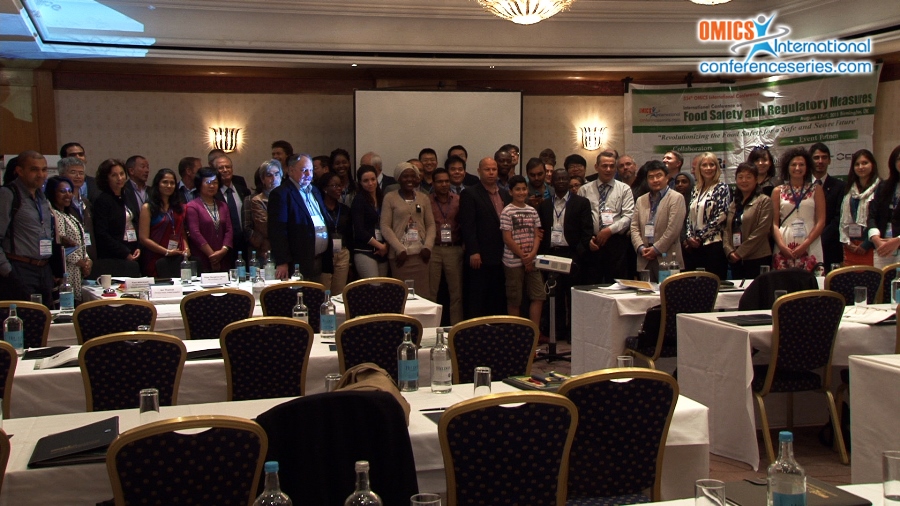
James Dorcas
Ahmadu Bello University
Nigeria
Title: Household salt iodization level and urinary iodine concentration of children attending public primary schools in Zaria, north-west Nigeria
Biography
Biography: James Dorcas
Abstract
An iodine deficiency results in inadequate dietary iodine intake, which is related to a spectrum of diseases collectively referred to as Iodine Deficiency Disorders (IDDs) and also worsens child mortality. Iodization of salt is widely regarded as the most effective and sustainable long-term public health measure for the prevention and control of IDDs. This cross-sectional survey involved 400 people randomly selected from four public, primary schools which was designed to assess the proportion of house-hold of the children (4-11 years) using iodized salts, the level of salt iodization and their mean urinary iodine concentration. The result revealed that about 79% of the children in public, primary schools are at risk of Iodine Deficiency Disorder (IDD) with mean Urinary Iodine Concentration (UIC) of 82.08+35.71 μg/l. The mean and median iodine concentrations of household salt were 27 mg/kg (95% confidence interval: 25–29 mg/kg) and 30 mg/kg (range=0–155 mg/kg), respectively. Coverage of adequately iodized household salt with iodization at >15 mg/kg was 96% of households. Haematuria, protunuria and bilirubinuria were dectected respectively in the urine sample of 9%, 81% and 1% of the pupils. People at the lower end of the socio-economic spectrum were more likely to suffer the consequences of using under-iodized salt because mostly they use agricultural or coarse salt than, people in the higher socio-economic categories. The consequences of using under-iodized or non-iodized salt were most likely to be experienced in Zaria, among people in the low socio-economic status especially in remote households. Since 96% of household salts are safe in term of iodization level, the national iodization programme has the potential to meet the iodine requirements of the population. However, this can only be achieved if the primary reasons for the in-adequate iodization of salt are eliminated and if special attention is given to vulnerable groups.
Speaker Presentations
Speaker PDFs
Speaker PPTs Click Here

